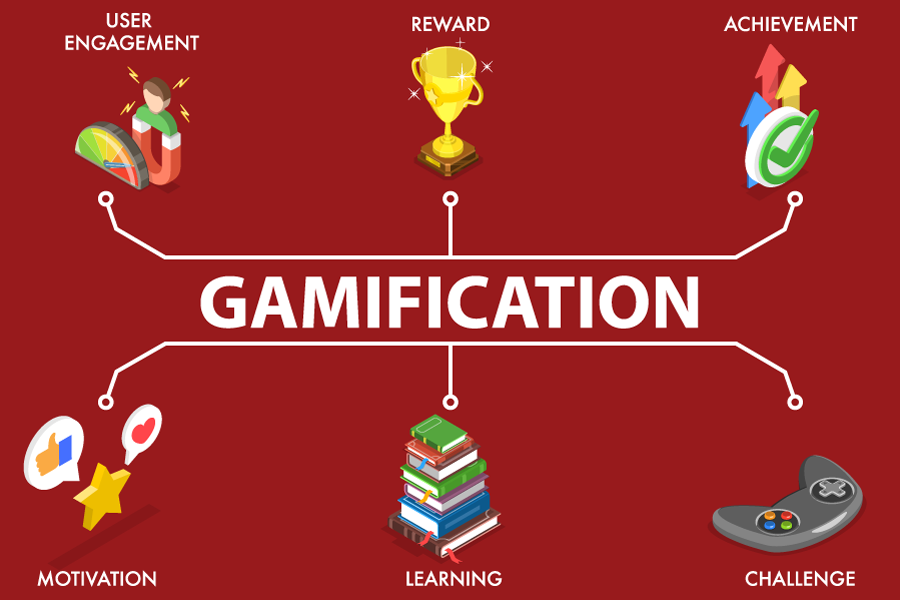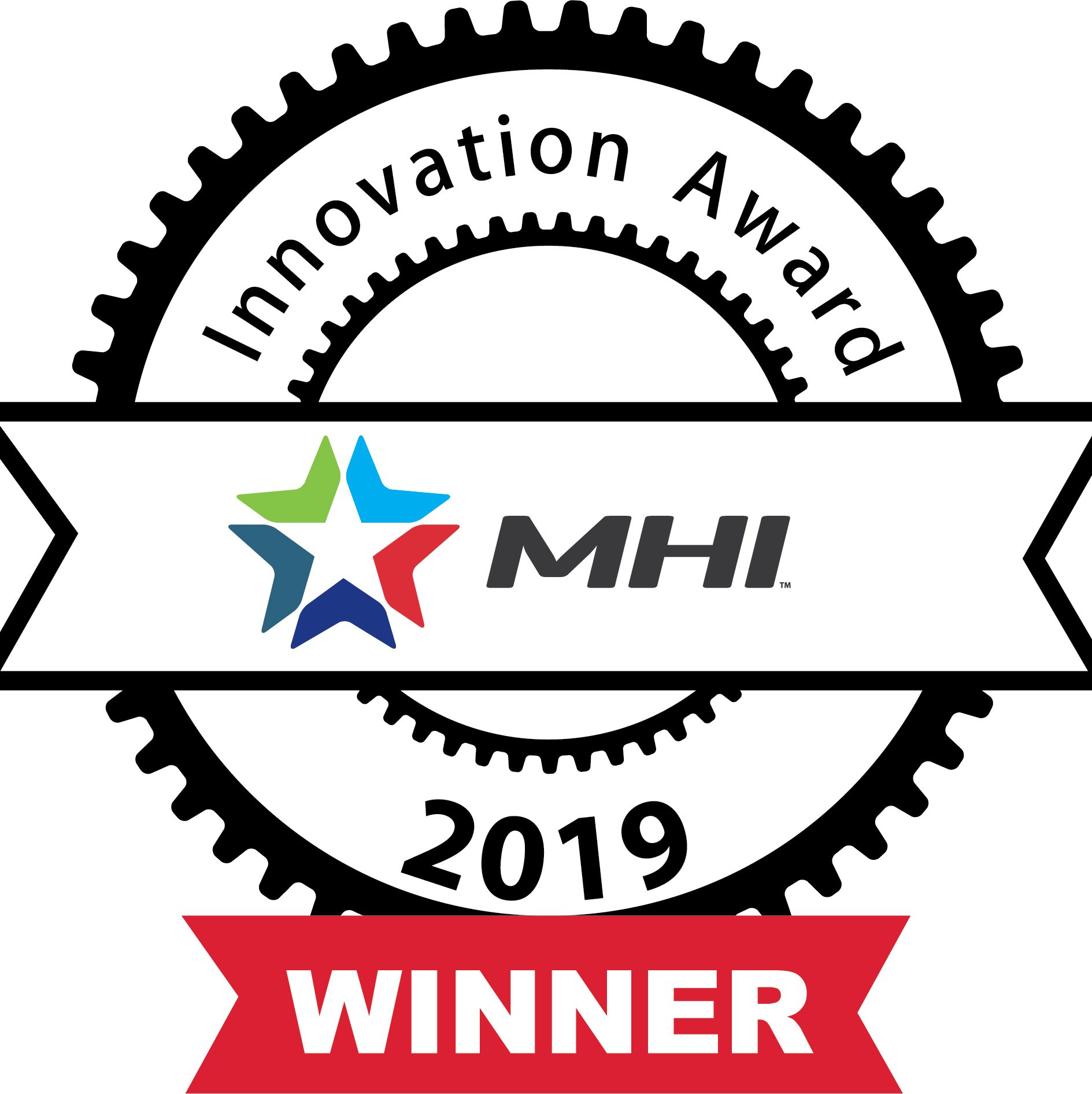While technology and automation are becoming increasingly important in logistics, human resources remain a vital element in warehouse operations. Therefore, companies are trying to increase employee productivity in warehousing. One of the more recent approaches utilized for increasing staff performance is gamification: applying typical elements of game playing (e. g. point scoring, competition with others, rules of play) into already existing processes to drive business goals. Many companies use this concept already successfully. So, how can gamification in logistics be used to make activities more like games, thereby making them more engaging and enjoyable?
Gamification does not necessarily mean playing a game, but rather incorporating the mechanics of a game into a non-gaming task to boost employee engagement. The approach is versatile enough to be used in any process to increase productivity, establish closer ties with the organization, or bolster commitment among teams.
Leaderboards, performance levels, performance measurement and obtaining rewards and recognition are some of the elements that can be used. Gamification has been around for a while to enhance brand and client encounters. Today, there are examples for gamification in logistics and many more industries, as it offers multiple benefits.
Gamification Benefits
If an employee sees that they will be at the top of the leaderboard if they continue working as they do, they are likely to keep their current performance. In this way, gamification incentivizes certain behavior which results in various benefits.

- Increased employee engagement: Gamification can make work more enjoyable and rewarding, which increases employee satisfaction and reduces turnover.
- Improve performance: By giving feedback, training, and rewards, operators can feel more motivated to achieve better results.
- Data driven decisions: Collected data on employee behavior and performance can be used to identify areas for improvement and make data-driven decisions.
- Attract and retain better talent: Latest technologies and an innovative work environment can be a differentiating factor when it comes to hiring and retaining talent.
Gamification in Logistics Boosts Performance
Amazon has been using gamification since 2019. The company introduced various workstation games where operators earn digital currency with each action. The digital currency can be exchanged for company merchandise like T-shirts and water bottles. Additionally, warehouse employees can win expensive consumer electronics, like game consoles or an Apple Watch, by performing well during busy peak seasons. This way, the company incentivizes employees to improve productivity and has already expanded those methods to at least 20 warehouses.
Another example is a company that turned fleet management into a game. Drivers are assigned missions and get points if missions are completed. On weekly leaderboards the drivers see their ranking which entices competition between drivers and makes their work more fun.
PL Kenco Logistics uses elements of gamification in its warehouses business. They use a system that tracks volumes in a fantasy-football-like system. It’s designed to drive team-based competition, so the winning team might be rewarded with a pizza party. The company has seen productivity improvements in the 3% to 5% range.
Gamification Examples Boosting Sustainability
Other companies use gamification to boost sustainability. Citibank introduced the “Step-Up Initiative” that promotes more exercise and lower energy consumption by encouraging employees to take the stairs. Participants log how many stairs they climb and how many steps they take, and this data is then compared to other Citi branches around the world. Citi Bank’s “Drink Up” program encourages employees to drink water regularly by refilling water bottles. This has also led to a reduction in the number of plastic bottles consumed.
SAP focus their gamification approaches on reducing car emissions and spending on company cars. They have developed an app that companies can use to motivate their employees to carpool. Carpoolers can collect points, track their friends’ progress and donate the money they save through the initiative to charities of their choice.
There are already many more examples where companies use gamification to drive business results. Gamification in logistics is a powerful tool to boost performance and sustainability. If you want to know how your operation can benefit from this concept, give us a call.





